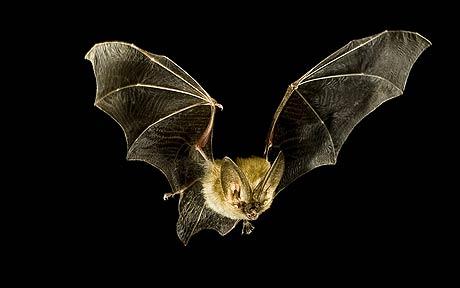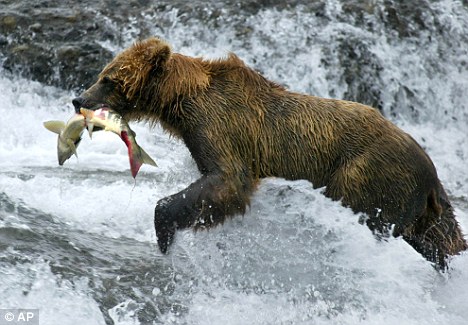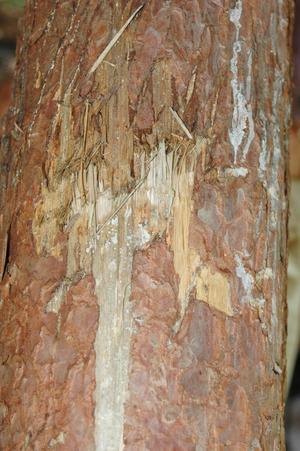
© U.S. Geological Survey and British Columbia Health MinistryU.S. officials believe an increasing number birds, including the ones in these photos are deformed, but don't know what's causing the problem
With the federal government about to make a decision on whether to permit oil drilling in the fragile Beaufort Sea, it seems a good time to ask if Alaska can take any more. Since the 1890s, the vast hinterland has been a haven for gold rushers, fishermen, whalers, and oil and natural gas barons.
As for the birds, they were observers in the background. Now they may be paying a price for all that human activity in Alaska and along the Pacific Northwest.
A study released by the U.S. Geological Survey on Monday documents that scientists have discovered an unusually high rate of bird beak abnormalities. Actually, the highest rate ever. And while researchers have no idea why, some are already pointing the finger at the activities of mankind.
"The prevalence of these strange deformities is more than ten times what is normally expected in a wild bird population," said Colleen Handel of the USGS in an article published in
The Auk, a quarterly journal of ornithology.



